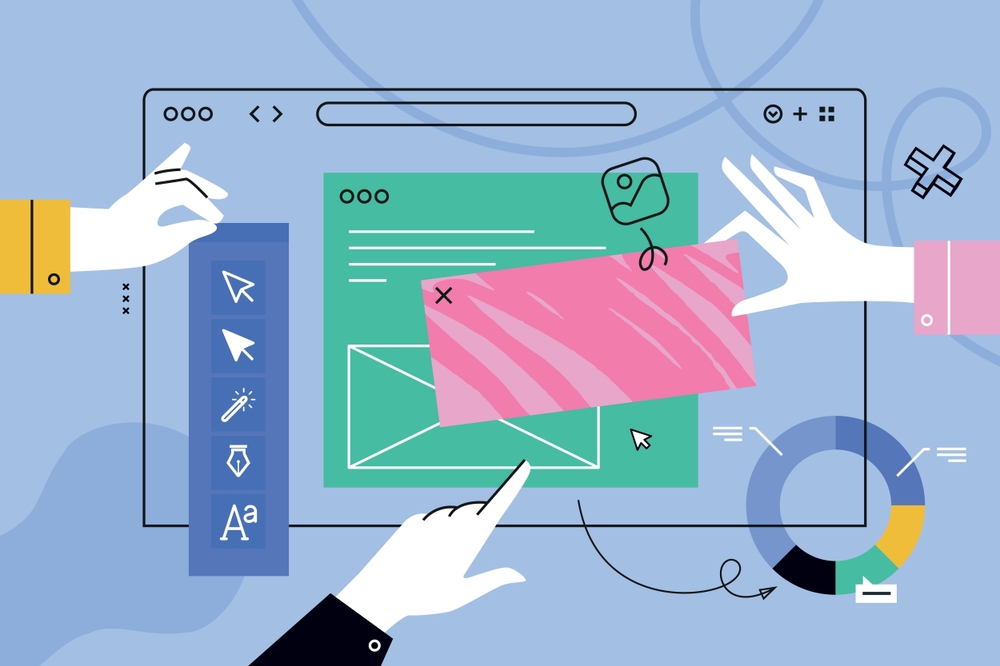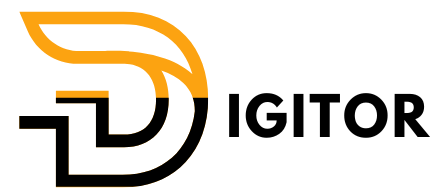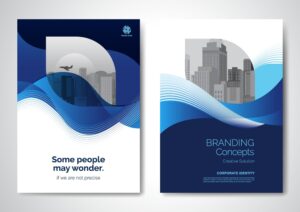Chatbot Integration in Web Design: Creating Intelligent Interfaces
Introduction: The Rise of Chatbots in Web Design
As the digital landscape continues to evolve, businesses are increasingly relying on chatbots to enhance user engagement and streamline interactions. Chatbots have moved beyond simple customer service tools to become integral components of modern web design. Integrating a chatbot into a website offers an intelligent interface that can guide users, answer queries, and automate tasks, all while providing a seamless experience. For web designers, integrating chatbots is a great way to create interactive, user-friendly websites that cater to the needs of visitors in real-time.
What Is Chatbot Integration in Web Design?
Chatbot integration in web design refers to the process of embedding an AI-powered chatbot into a website, allowing it to interact with visitors. These bots can offer a wide range of services, including answering frequently asked questions, providing recommendations, scheduling appointments, or even making purchases. The integration of chatbots in web design adds an interactive layer to the site, improving the overall user experience and reducing bounce rates by offering immediate assistance.
Benefits of Chatbot Integration in Web Design
1. Enhanced User Experience
Chatbots offer a highly interactive experience for visitors, making it easier for them to find information, solve problems, and complete tasks on the website. By providing instant responses to user queries, chatbots help create a more engaging experience that meets the needs of users in real-time.
2. Improved Customer Support
One of the biggest advantages of chatbot integration is its ability to provide 24/7 customer support. Chatbots can be programmed to answer common questions, troubleshoot issues, or direct users to the appropriate resources. This reduces the load on customer service teams while ensuring that users receive immediate assistance, no matter the time of day.
3. Increased Engagement
Chatbots can guide users through various processes, such as purchasing products, booking appointments, or signing up for newsletters. By helping users navigate the site more efficiently, chatbots increase user engagement, leading to higher conversion rates. Additionally, they can be programmed to offer personalized product recommendations or promotions based on user behavior.

4. Cost-Efficiency
Integrating a chatbot can significantly reduce operational costs, especially in customer support. Chatbots automate many routine tasks, eliminating the need for large customer service teams to handle simple inquiries. This allows businesses to focus their resources on more complex tasks while chatbots manage the day-to-day interactions.
5. Collecting Data and Insights
Chatbots also serve as a valuable data-gathering tool. They can track user interactions, gather feedback, and analyze customer behavior. This data can be used to improve the website, refine marketing strategies, and enhance customer satisfaction. By analyzing chatbot interactions, businesses can identify common pain points and optimize their websites accordingly.
Best Practices for Chatbot Integration in Web Design
1. Make the Chatbot Easily Accessible
Ensure that the chatbot is easily visible and accessible on every page of your website. Most websites place the chatbot icon in the lower-right corner for easy access. The design of the chatbot should be minimalistic and unobtrusive, allowing users to initiate a conversation without feeling overwhelmed.
2. Personalize Conversations
One of the key advantages of chatbots is their ability to offer personalized interactions. By integrating AI and machine learning, chatbots can tailor their responses based on user data or previous interactions. Personalizing the chatbot’s tone, content, and suggestions will help users feel more engaged and understood.
3. Use Clear and Concise Language
For chatbot integration to be effective, the language should be clear and concise. Avoid jargon or overly complex sentences that could confuse users. The chatbot should be able to understand user queries accurately and respond with helpful, easy-to-understand information.
4. Provide Seamless Handover to Human Support
While chatbots can handle many tasks, some queries may require human intervention. A good chatbot system should provide an option for users to seamlessly transition to a human representative when needed. This ensures that users don’t feel frustrated when the chatbot cannot fully address their issue.
5. Continuously Optimize the Chatbot
Chatbot performance should be continually monitored and optimized. Regular updates based on user feedback and new business goals will help improve the chatbot’s performance over time. This includes refining its responses, adding new functionalities, and ensuring it remains aligned with the needs of users.
Tools and Platforms for Chatbot Integration
1. Dialogflow by Google
Dialogflow is a powerful tool for building chatbots that integrate seamlessly with websites. It uses natural language processing (NLP) to understand and respond to user queries, making it an ideal choice for creating intelligent, conversational chatbots.
2. ManyChat
ManyChat is a popular platform for creating chatbots, especially for e-commerce websites. It allows web designers to build bots that can send personalized messages, conduct surveys, and offer product recommendations. ManyChat is known for its ease of use and seamless integration with popular messaging platforms.
3. Tars
Tars is another chatbot builder that enables web developers to create conversational bots for websites. It’s designed to improve lead generation by guiding users through a structured conversation and collecting relevant information.
Conclusion: Embracing the Future of Web Design with Chatbots
Integrating a chatbot into your website can transform the user experience by providing instant support, personalized interactions, and valuable insights. By leveraging AI-powered chatbots, businesses can improve customer engagement, streamline workflows, and enhance overall website functionality. Whether you’re looking to offer better customer service or increase conversions, chatbot integration is a powerful tool for creating intelligent, dynamic web interfaces.
Ready to integrate chatbots into your web design? Contact us to explore how we can enhance your website with cutting-edge chatbot technology.
External Resources
- Explore Dialogflow for chatbot integration.
- Learn more about ManyChat.
Explore more related articles to deepen your understanding and make informed choices about graphic design techniques
WordPress Website Developer: Expert Solutions for Your Online Presence
Custom WordPress Development: Tailored Websites for Your Business







